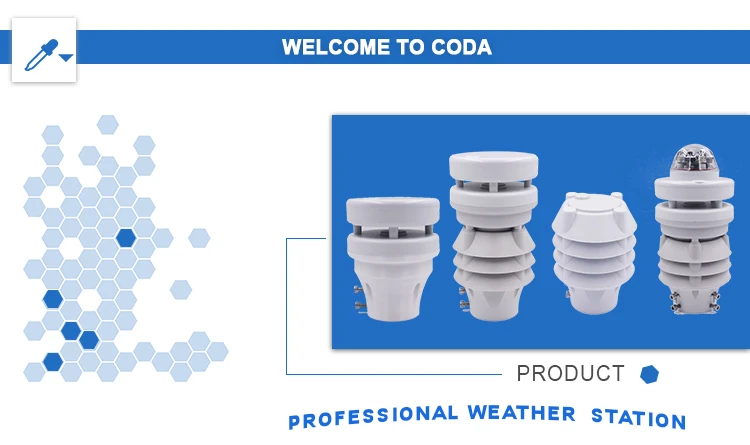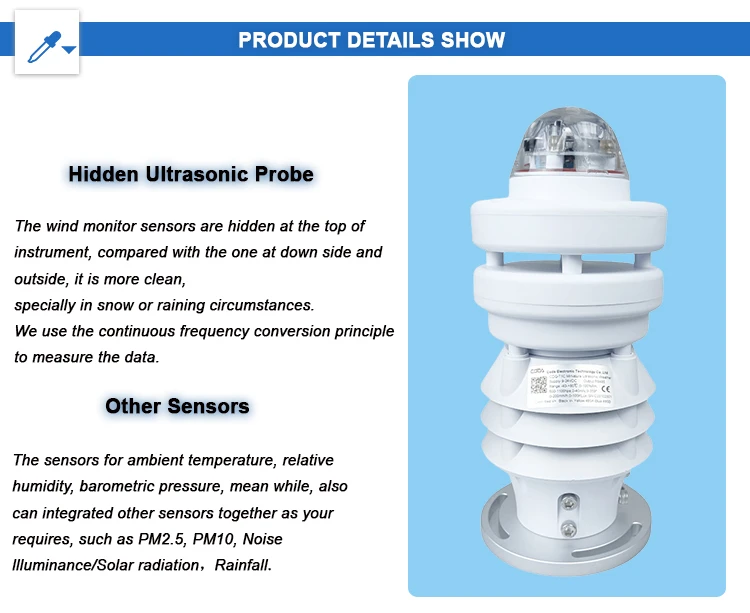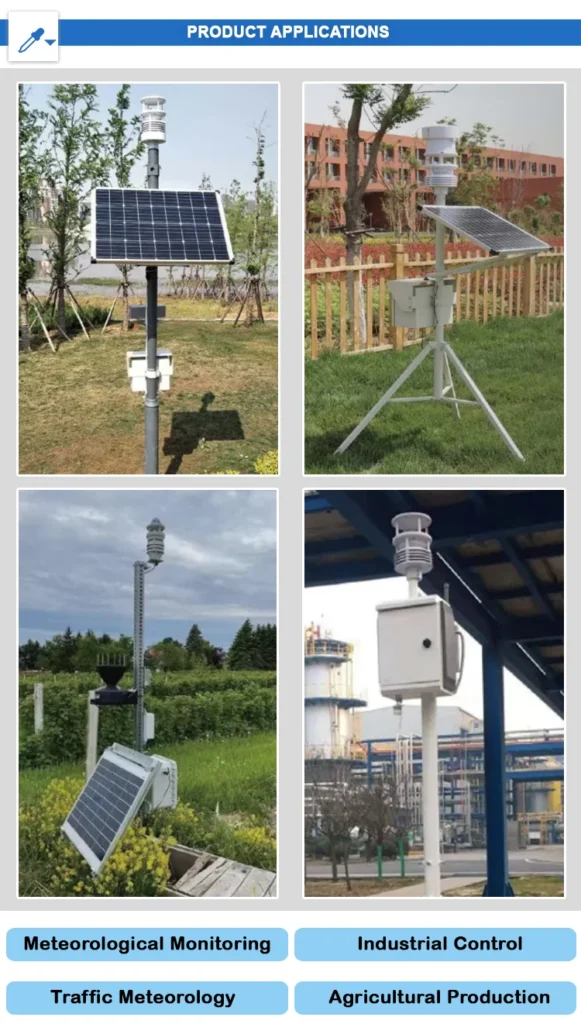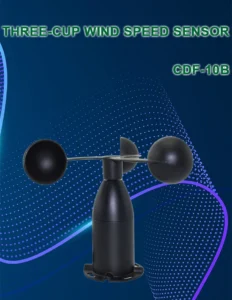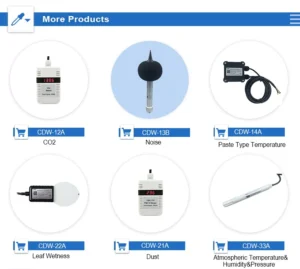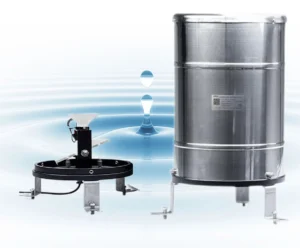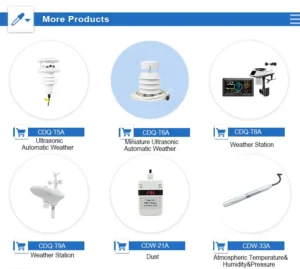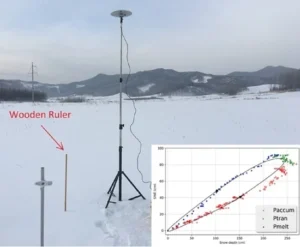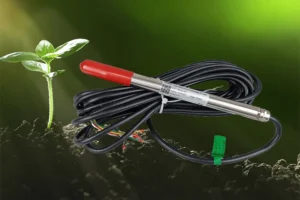7-in-1 Weather Stations : Redefining Environmental Monitoring
In today’s world, being ready for climate changes is crucial. Using data to make decisions is important too. So, it is important to use advanced weather monitoring technology. Two good options are the 7-in-1 weather stations and the CODA CDQ-T1C sensor.
They provide a strong mix of diversity and accuracy. These tools meet various needs, from farming to city planning.
Understanding the 7-in-1 Weather Station: A Versatile All-Rounder
The 7-in-1 weather station is a small but strong system. It measures many environmental factors at the same time. People often set it up to track temperature, humidity, wind speed, wind direction, rainfall, and air pressure.
This setup is important for local weather monitoring. Key features include:
Integrated Sensors: These are accurate probes that collect data in real-time. They often send information wirelessly to a main display or cloud platform.
User-Friendly Design: Perfect for people who love their backyards, small farms, or schools. It has simple tools for tracking the weather each day.
Cost-Effective Solution: It balances function and cost. It provides key data without the complexity of industrial systems.
For example, models like the 7-in-1 and Ambient Weather CDQ-T1C work well with smart home devices. This allows users to track conditions with mobile apps.
Their usefulness is clear. However, they might not perform well in factories or research labs. These settings often need high accuracy or a broad range of options.
CODA CDQ-T1C Sensor: Industrial-Grade Precision and Breadth
The CODA CDQ-T1C sensor helps monitor the environment better. It has strong industrial features and a large range of measurements. As a part of a modular weather station, it does very well in:
Expanded Parameter Set:
The device measures more than just the basic things. It measures dust levels (PM2.5 and PM10), UV radiation, light, noise, and soil moisture. Optional add-ons make it useful for studying complex ecosystems or urban pollution.
**Robust Engineering**
It is made with materials that do not rust. It has a shield for temperature and humidity sensors. This design lets it manage very bad weather. This includes heavy rain, strong winds, and long times of sunlight.
Advanced Data Integration:
It supports many protocols like RS485, SDI-12, and Modbus-TCP. It also allows wireless transmission through 4G and Wi-Fi. This allows for easy connection with IoT platforms or SCADA systems for big monitoring networks.
In air quality projects, the CDQ-T1C measures dust levels and noise. These readings add to traditional weather data. Together, they provide a full view of urban environmental health.
Synergy in Action: Complementary Applications Across Sectors
The real power of these technologies comes from their strengths working together. Users can easily reach 7-in-1 stations. They can use the CDQ-T1C for both accuracy and flexibility. This lets them build hybrid systems that fit their needs.
1. Agriculture and Smart Farming
7-in-1 Role: It checks crop conditions such as temperature, humidity, and rainfall. This helps make irrigation schedules better and predict pest issues.
CDQ-T1C Enhancement: This adds solar radiation data to help check photosynthesis. It also checks dust levels to find air pollution. Soil moisture sensors will be added to check the conditions in the root zone.
Outcome: Farmers get a complete view of field conditions. This helps them with precise fertilization, drought management, and early warnings for severe weather.
2. Urban Climate Resilience
7-in-1 Role: It can be used in city parks or on rooftops. It tracks local temperature, wind, and rainfall. This helps with studies on the heat island effect.
CDQ-T1C Enhancement: It measures noise pollution, UV radiation, and PM2.5 levels in crowded places. This helps city planners create lasting infrastructure. This includes parks and better traffic control.
Outcome: The combined data helps shape policies on air quality rules, public health advice, and energy-saving city designs.
3. Research and Ecosystem Monitoring
7-in-1 Role: Gives basic weather data, like air pressure and wind patterns, in remote areas such as forests or wetlands.
CDQ-T1C Enhancement: This feature adds long-range wireless transmission. It has a strong build for tough environments. It lets us keep track of snowfall, ice melt, and how volcanic ash spreads.
Outcome: Researchers gather detailed data for climate models, biodiversity studies, or disaster risk assessments.
Challenges and Considerations
While the synergy is compelling, users must address:
Calibration and Data Fusion: This ensures that sensors from different manufacturers work well together. For example, we periodically calibrate 7-in-1 units using the precise readings from CDQ-T1C.
Scalability Costs: Using CDQ-T1C in industry may need a bigger investment. In contrast, 7-in-1 stations work best for decentralized, edge-level monitoring.
Data Management: Leveraging cloud platforms (e.g., CODA’s IoT dashboard) to aggregate and analyze data from hybrid systems efficiently.
Conclusion
The 7-in-1 weather stations and CODA CDQ-T1C sensors change how we watch the environment. It makes it easier to use advanced tools.
They help farmers by providing useful information. And they support cities in dealing with climate change. They also promote scientific discovery.
Their skills combine to make a plan for better systems. As technology changes, this teamwork will become more important. It will help us face the tough challenges of our changing world.
